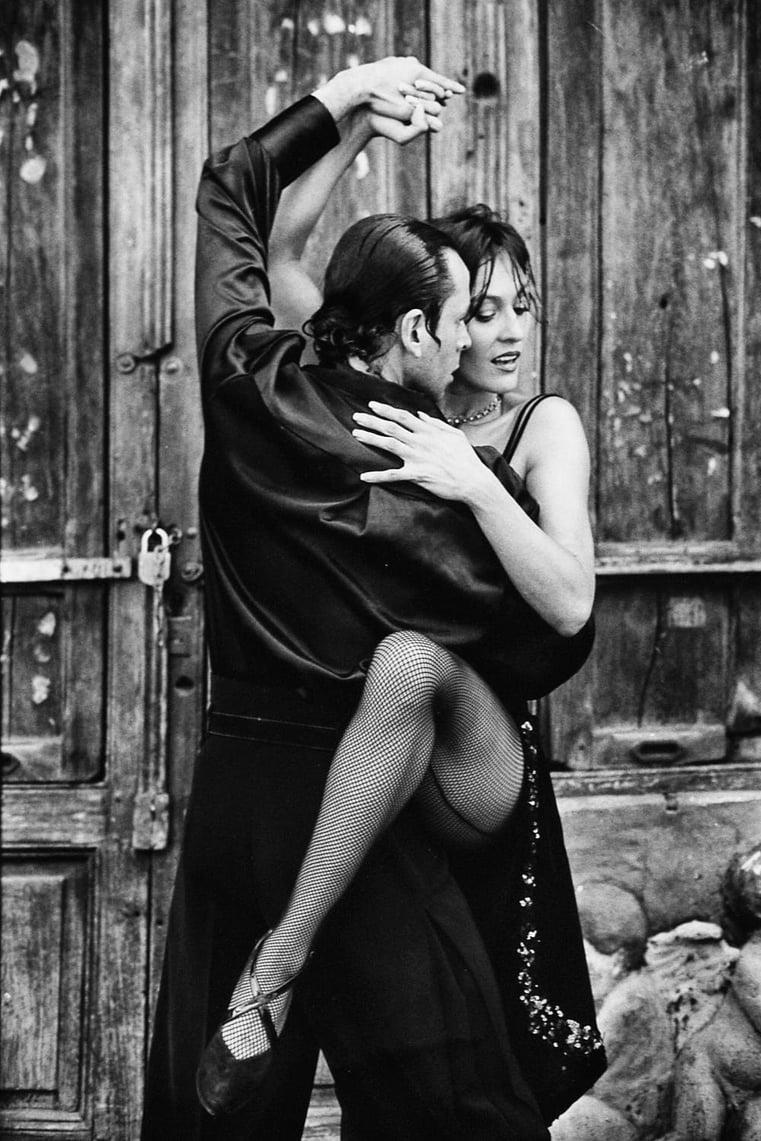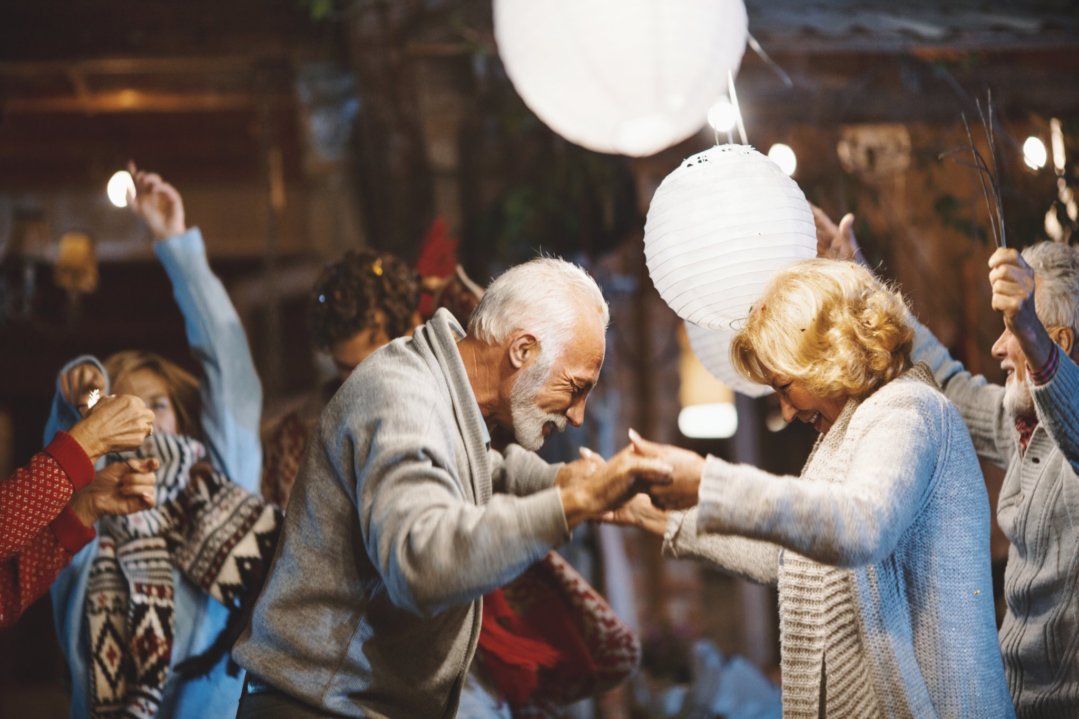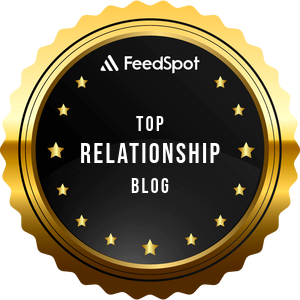
Does it sometimes feel like you and your partner are doing a dance and stepping on each other’s toes? Are you feeling frustrated by your partner and getting into conflicts?
Have you ever asked yourself, “Why is my partner doing things that make me so annoyed?" What you might be surprised to learn is that what annoys you about your partner actually says more about you than him.
The toxic relationship dance happens when old wounds get triggered.
When one partner’s wounds from their family of origin get triggered, they are left feeling threatened and their defenses come up. They might get critical, judgmental, or aggressive with their words and actions. This often triggers the other partner to put up their defenses in response. They might go silent, retreat into themselves, and/or stop engaging with their partner. This is the toxic relationship dance where two wounded people are trying to protect themselves and end up attacking and hurting each other.
Imago Relationship Theory, developed by Dr. Harville Hendrix and Dr. Helen Hunt-Hendrix, explores how, unconsciously, we are drawn to people that create feelings in us that are similar to ones we had in our families of origin. The conflicts in our relationship of today are our opportunity to heal the old wounds and the current ones. By working on the health of the relationship and understanding why the toxic dance is happening, the conflict can yield connection, healing, and safety. You can change the dance!
Say, for example, that you were raised in a family that didn’t appreciate your chatty self. They often told you to "be quiet," "be seen and not heard," and "to just shut up already." Your attempts to engage the family in
Fast forward to your adult life and you find yourself attracted to a partner that is silent, doesn’t like to talk, and resents your chatty self. His silence recreates those old feelings in you from your family of origin and you feel like you are too much again. Your old wound gets triggered and conflict ensues.
Your partner most likely is uncomfortable with using his voice. Maybe he was raised in a family that was always in conflict, with lots of loud yelling and arguing. He learned to go under the radar and avoid conflict by keeping to himself and being quiet. It worked for him then, but it’s not working for him now. His silence is ramming against your need for dialogue and neither of you is happy. You are doing the toxic relationship dance.
The dance continues when we try and change our partner to be more like ourselves, so we know we are okay.
It’s a protective measure and causes us to get defensive of differences that threaten our way of being. "If only he would talk, we could figure this out", you think to yourself, while he is busy wishing you would just be more like him, quiet. Neither of you feels appreciated for who you are, instead, he is feeling like he is not enough while you are feeling like you are too much. This is when the relationship
Instead of trying to change each other, this is a chance to learn to accept, without judgment, all of your partner and all of yourself.
Differences can be celebrated and not seen as a threat. As you grow into understanding and acceptance of your partner’s need for silence and why he came to develop this need for quiet to avoid conflict, you can also learn to embrace that just because your chattiness didn’t work for your family of origin, it doesn’t mean it was wrong, it just means it was at odds with your family.
With this understanding and acceptance, you give yourself the option to not get triggered by your
By learning to accept yourself and your partner, you create room for both of you to flourish into your own ways of being, and neither have to be threatened by the differences. As you learn to accept your partner and his need for quiet, he just might feel safe enough to start talking more. As he gets comfortable sharing and talking, you might just learn to embrace some of his quiet ways and find solace in the silence. Ah, the relationship dance goes from toxic to supportive!
With effort and acceptance, you and your partner can learn to change your dance.
Here's an explanation as to exactly what is happening when we do that dance - Differentiation vs Symbiosis.
Differentiation is "I’m me, you are you, we both are different and we are both okay."
-
This is the waltz of two secure individuals - we are not threatened by our differences.
-
Both of us feel comfortable and confident in who we are.
-
We appreciate we both are unique individuals.
-
We support our differences.
However, this is not the place where most of us begin. Often, when your way is different from mine it threatens my way of being and brings up my defenses.
Symbiosis is "I’m me, you are you, I need you to be just like me to know I’m okay."
-
If your way of existing is different from mine, it must mean that my way is wrong.
-
Fear arises, so my protective defense mechanisms kick in.
-
Your way of existing is threatening my way of existing.
-
Unconsciously, I feel like I must change the parts of you that are different from me because I am threatened and need to know I’m okay.
If you are living in a symbiotic state with your partner, this is what it may look like as each of you try to change one another. Do you or your partner show these behaviors?
I want to change you, so…
-
I am critical
-
I am judgmental
-
I am sarcastic
You want to change me, so…
-
You become silent
-
You become emotionally absent
-
You become passively aggressive
If you answered yes to the above points, then your wounds are dancing in your relationship and it’s probably pretty painful. Learning why you and your partner dance unconsciously and cause each other pain is key to changing your toxic dance to a healthy one.

Ways to change the Relationship Dance:
-
Accept all of yourself with compassion
-
Develop self-love and self-trust
-
Accept your partner without judgment
-
Be curious about your and your partner’s wounding from their family of origin
-
Celebrate the differences between you and your partner
Developing a strong sense of self allows you to be less threatened by the differences between you and your partner. Understanding why your wounds originated, perhaps your father was hyper-critical and staying silent made you feel safe, encourages you to be less judgmental of yourself. Accepting that a talkative partner may behave in a certain manner because of the wounds they have accrued allows you to not personalize their silence and assume it is because of you.
Awareness and acceptance without judgment are essential to our healing and growth, as we learn to end the cycle of the toxic relationship dance. Safety comes from accepting yourself and celebrating the differences between you and your partner. With more safety, comes more connection and less defensiveness. Safety allows both partners to flourish.
If you’ve had enough conflict and want to end the toxic relationship dance today, working on your growth and understanding the root of the conflict matters. Each partner has a role and needs to be willing to heal and grow individually, as well as nourish the growth of the relationship. So, ask yourself these 5 questions to start your growth and healing process.
5 items in the Relationship Dance:
-
What are the top 3 traits that annoy me most about my partner?
-
What messages do I take about myself when I see these traits in my partner?
-
What old wound might be getting triggered within me by these traits?
-
If I were to accept all of my partners, what might be different?
-
If I were to accept all of myself, how might that change our relationship dance?
Move Forward and Change the Dance
We all yearn for connection, a sense of belonging, and unconditional acceptance. Imago Relationship theory provides an understanding of why you are dancing in a toxic relationship and the practical tools to support healing your relationship into one of health, connection, and safety. You can even check out our Getting the Love You Want Imago workshops or find a certified Imago therapist in your area. Imago can truly help you change the dance!
The Dance can be Different and Enjoyed!
-
The wounded parts of me that get triggered by my partner are….
-
What is scary about thinking about accepting those parts of me….
-
Those parts didn’t fit in my family of origin because…
-
What might feel good about accepting those parts of me is ....
-
How might accepting all parts of yourself and your partner change the dance?
As you reflect on your dance with your partner, see what is coming up for you that might lead you to more growth. Relationships are where we are our most vulnerable and they also provide the greatest opportunities for healing. To get started on your journey, be curious about your relationship dance and see what is there for you to learn and grow from.
Enjoy your new dance!
If you need help working on your relationship dance, we are here to help. Check out our workshops, therapy, and facilitators today!
Discover more about Imago with our Imago Professional Membership, Imago Professional Facilitators, Imago Professional Training, and Imago Insights Education.
 This blog was written by Kim Saft, Ph.D., LCSW, Certified Imago Relationship Therapist.
This blog was written by Kim Saft, Ph.D., LCSW, Certified Imago Relationship Therapist.
Kim is a Licensed Clinical Social Worker, with a Doctorate in Psychology, and a Certified Imago Therapist. She's been in private practice for over twenty years and believes that sometimes we're trapped by self-defeating patterns which keep us from achieving the life we want to live.
Kim specializes in helping clients to heal and develop self-love and self-trust, transforming their lives, their relationships, and focusing their journey toward strength and empowerment. She has a blog series called Transform. You can find out more about her approach to healing at her website.



